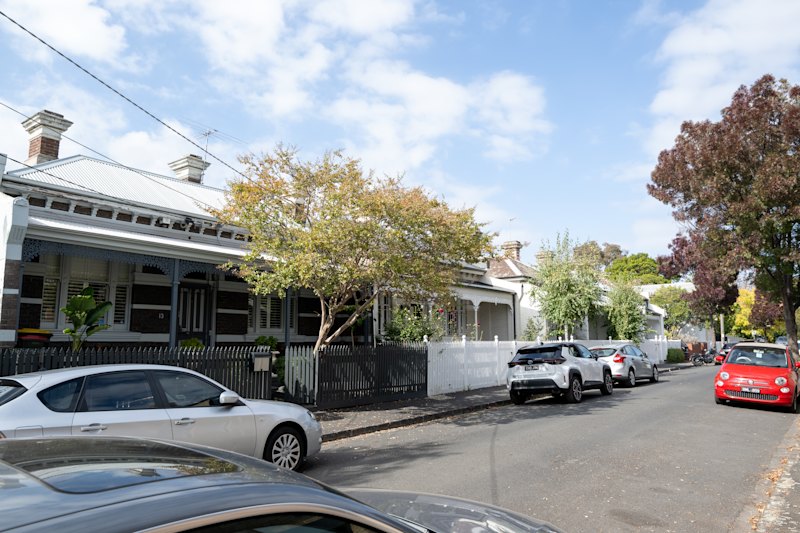The residential heritage precincts of Canberra's Inner South and Inner North
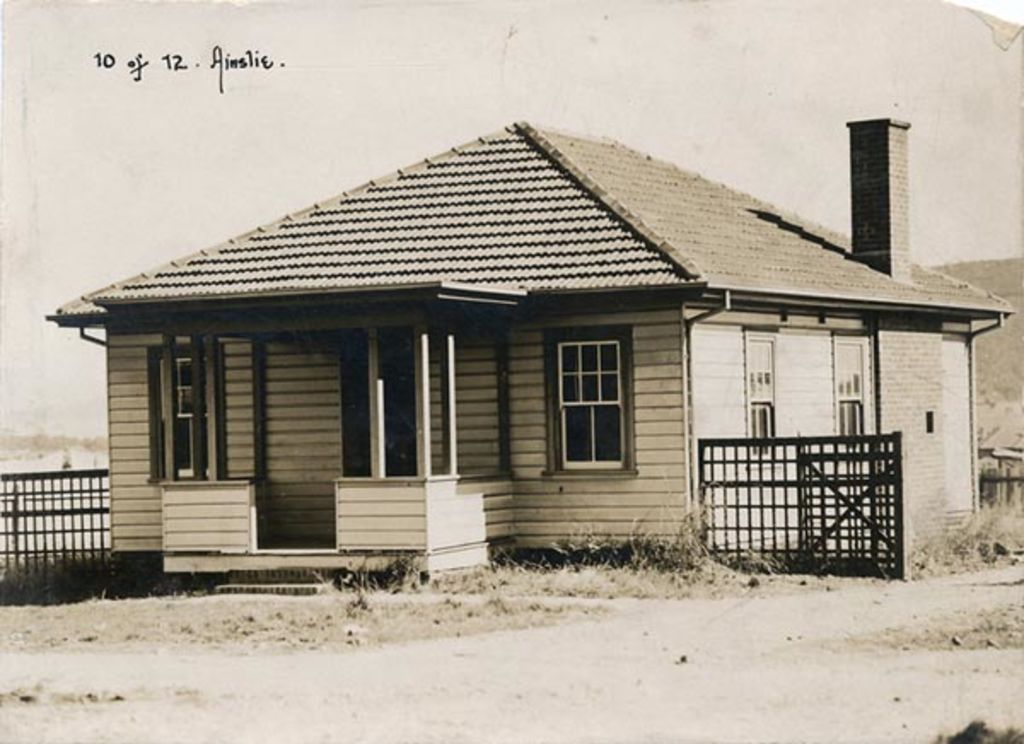
Back in the 1920s, design of the new capital included housing areas for different socio-economic groups. Seniority lines were drawn and the plum locations went to higher level public servants.
The government constructed most of the new housing within Canberra between 1920-40 and the first homes were built in the closest suburbs including Barton, Griffith, Forrest, Kingston, Ainslie and Reid.
South of the lake
Barton: The Barton Housing Precinct was designed for middle-income public servants. Streetscapes include varied setbacks, street trees, hedges and 1920s street signs and lamps. All homes are single-storey and built of brick, most with a rough-cast finish and original red terracotta tile roofs.
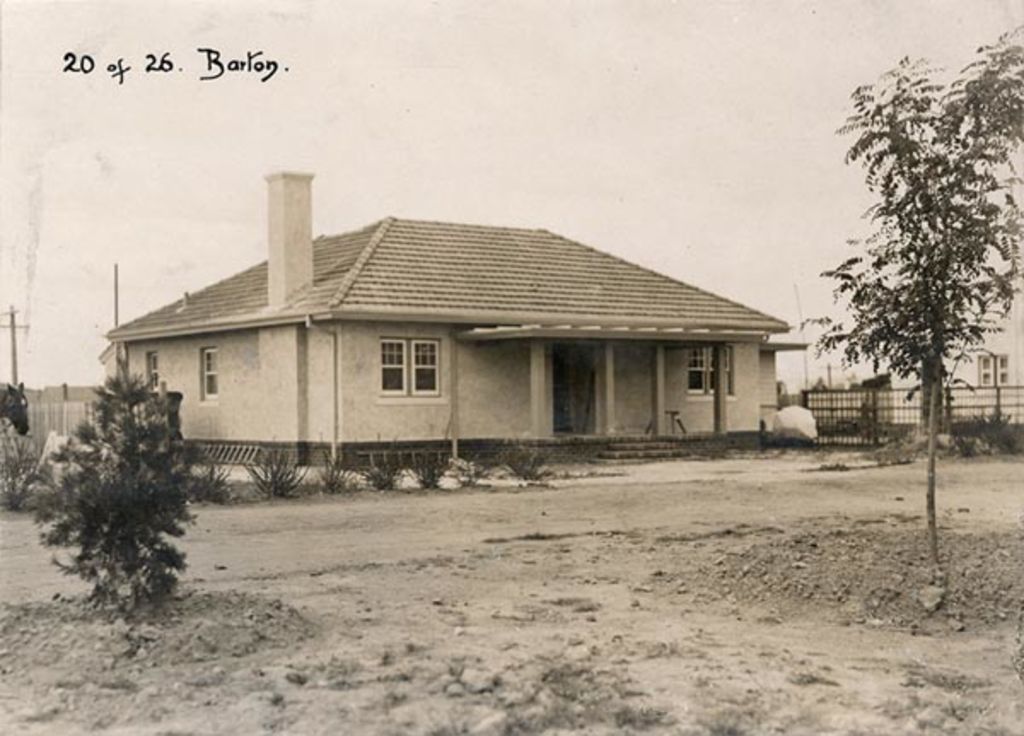
Blandfordia: This was the original name of the area later separated into Forrest and Griffith. (Blandfordia, or Christmas Bells, is a plant that is native to eastern Australia.) Forrest was gazetted as a suburb in 1928 while South Blandfordia became part of Griffith at the same time.
Forrest: Many of Forrest’s original residents were senior public servants who moved from Melbourne. A notable heritage highlight includes the Blandfordia 4 Precinct, bounded by Arthur Circle, Moresby Street, Mugga Way, Melbourne Avenue and Empire Circuit.
Griffith: It includes several areas listed by the ACT Heritage Council including: Oval No. 1 at the corner of Captain Cook Crescent and Austin Street, Manuka Swimming Pool, the Dairy Farmers Co-Operative, and Manuka Oval and its Caretaker’s Cottage.
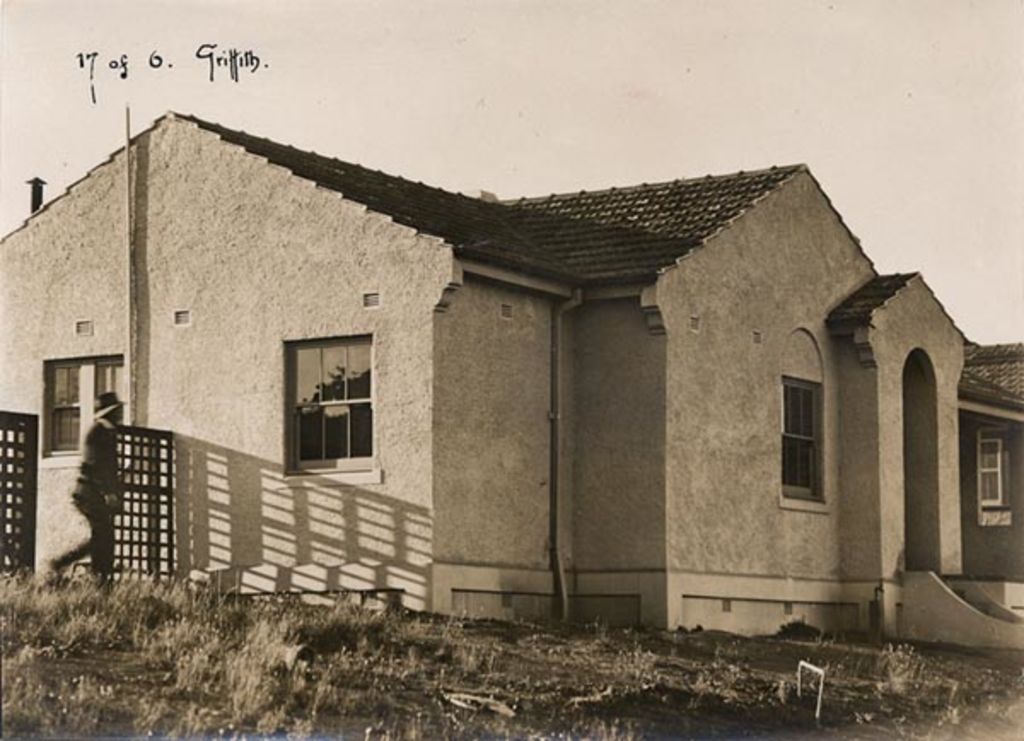
Kingston: Kingston’s heritage precinct is bounded by Dawes, Howitt, Kennedy, Leichhardt streets and Burke Crescent. It contains mini-parks on corner blocks, sequoias, old street pillars, vintage fire hydrants and light posts.
Mario Sanfrancesco of Peter Blackshaw Manuka has tracked the performance of Inner South gems and seen many change hands and as many more stay within the same families.
He says the heritage precincts have consistently performed over the best part of a century.
“The general appeal is the exclusiveness of the heritage precincts themselves. Homes are generally sited on large blocks of land with mature gardens on tree-lined streets,” he says.
“These types of residence are suitable for sensitive extension and renovation to bring them in line with contemporary lifestyle expectations. They are a firm favourite with families with their proximity to schools, shopping and the parliamentary triangle.”
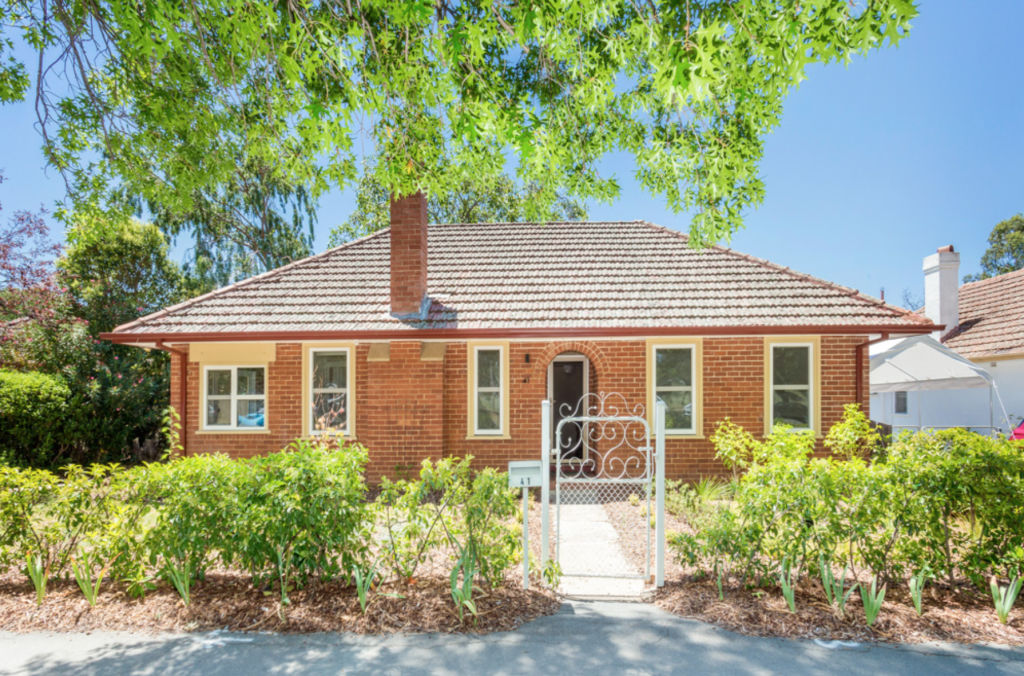
Sanfrancesco says the relative rarity of prestige suburbs and the number of available homes has seen prices soar in recent years.
“There have been some amazing examples, particularly with strong prices over the past few years where properties have been selling from around $2 million to $6 million – and more,” he says.
North of the lake
Ainslie: Named after Waterloo veteran James Ainslie who drove a mob of sheep from Bathurst in 1825 and camped on what became Corroboree Park. That became a heritage precinct as did Wakefield Gardens and Alt Crescent.
Reid: It stakes a claim as Canberra’s oldest continuously inhabited residential suburb. It was designed with detached dwellings on large blocks for mid-level public servants.
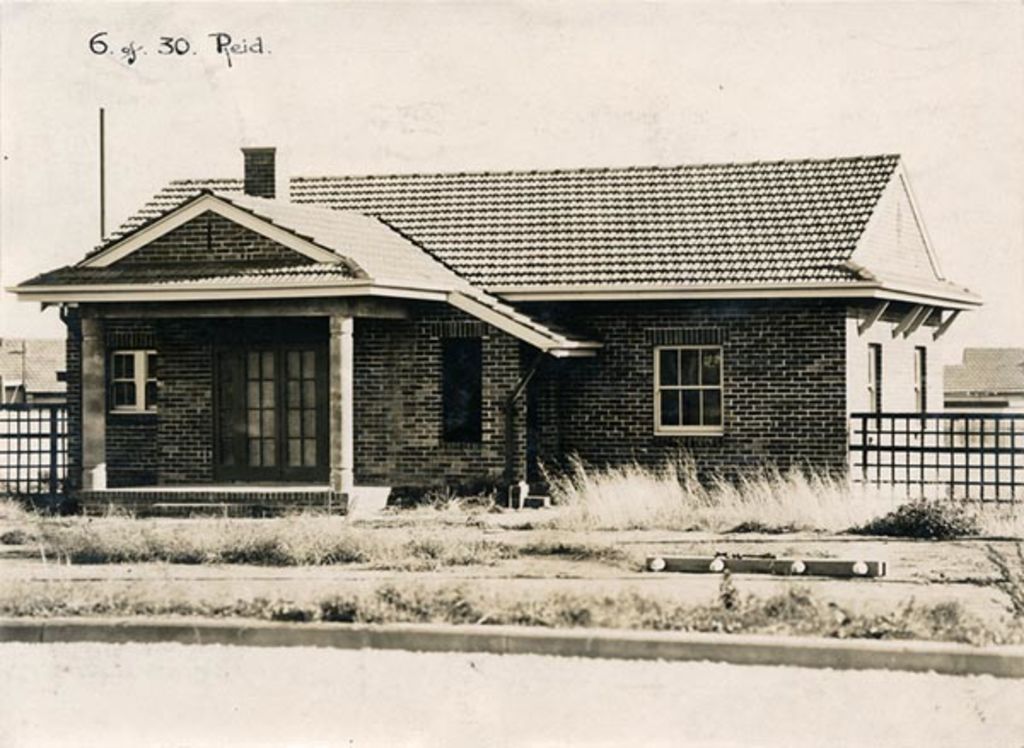
Heritage highlights include the pre-school, the tennis courts and pavilion in Dirrawan Gardens, and the Uniting Church built in 1927.
Stephen Bunday of LJ Hooker Dickson, who lives on Corroboree Park, loves the sense of history.
“Canberra is relatively young and I think it’s really important that we preserve our heritage areas,” he says.
“There’s no doubt that buyers are attracted to Ainslie and Reid because of their character.”
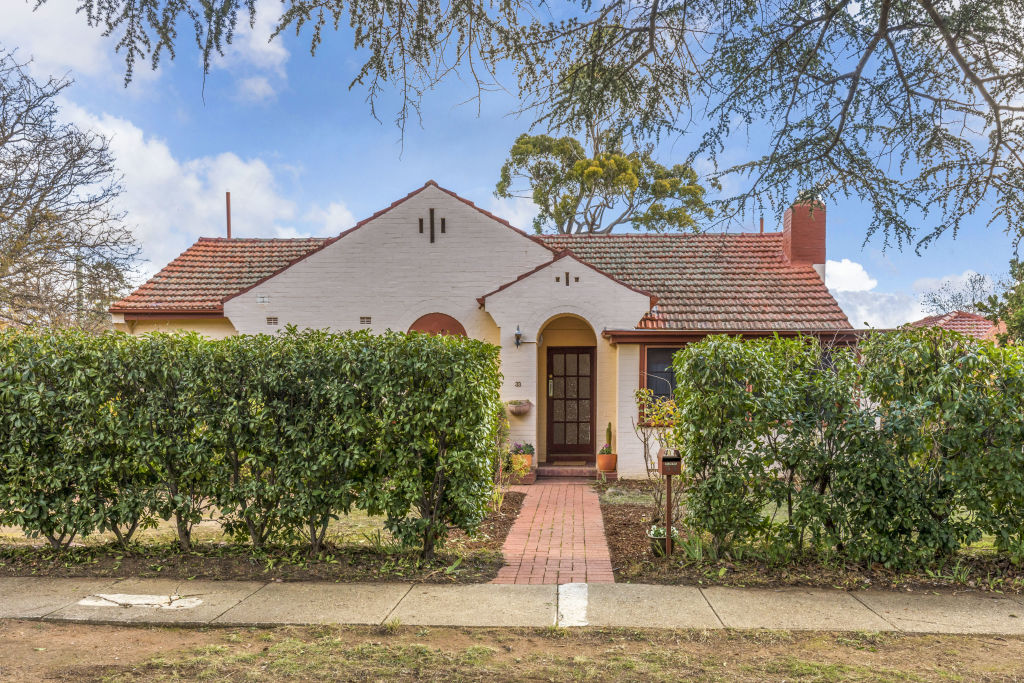
Bunday says older style homes, like original weatherboard workers’ cottages, were in high demand with many having enjoyed extensions and renovations.
“These extensions have seamlessly fused the old with the new, meaning you can enjoy high ceilings, sash windows, picture rails and fireplaces along with modern kitchens, bathrooms and strong connections with the outdoor entertaining areas,” he says.
“These heritage areas never go out of favour. There is ongoing demand from buyers eager to become part of the community with prices remaining strong.”
We recommend
We thought you might like
States
Capital Cities
Capital Cities - Rentals
Popular Areas
Allhomes
More

